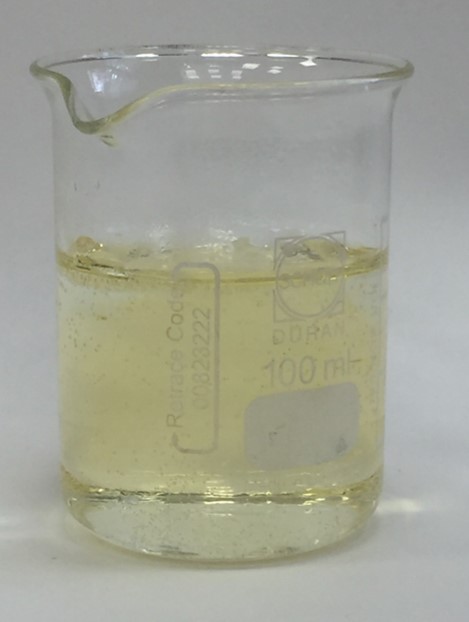ISMRM workshop on MRE: venue
The workshop takes place in the lecture hall Sauerbruchweg 2, Charité – University Medicine Berlin, Campus Mitte. Please enter the campus from the main entrance Charitéplatz 1 (formerly Schumannstrasse). Show your written invitation to the workshop at the gate. After 50m turn right to Hufelandweg, after another 20m turn left into Sauerbruchweg. Number two is…




